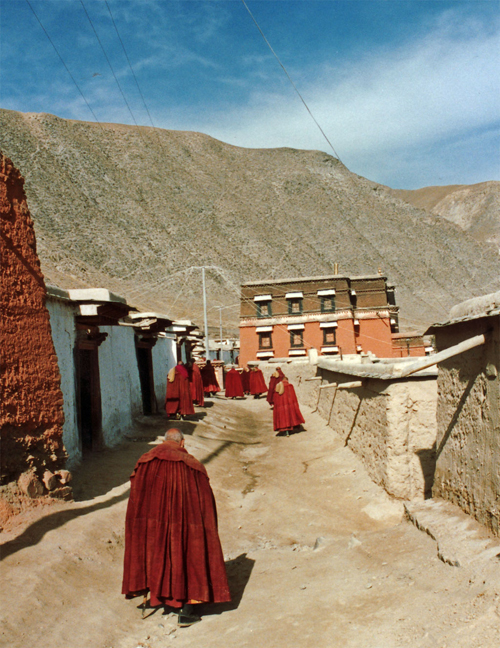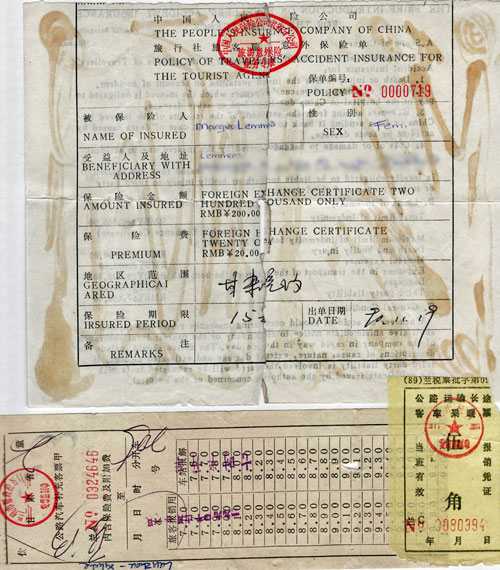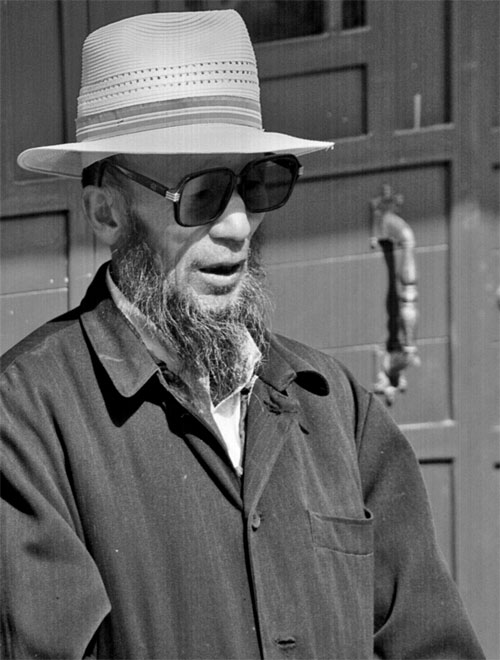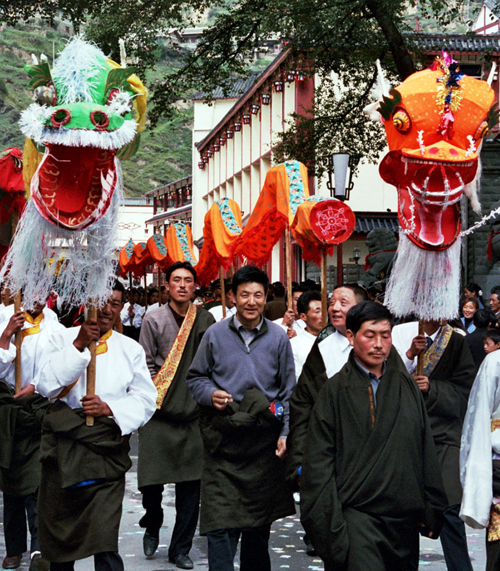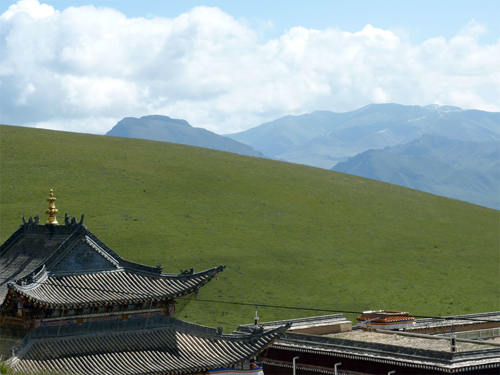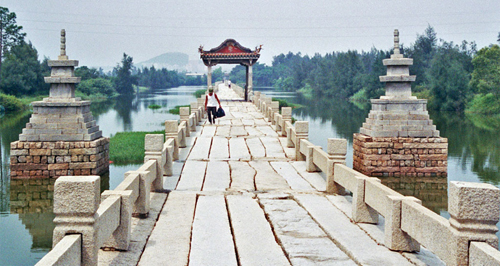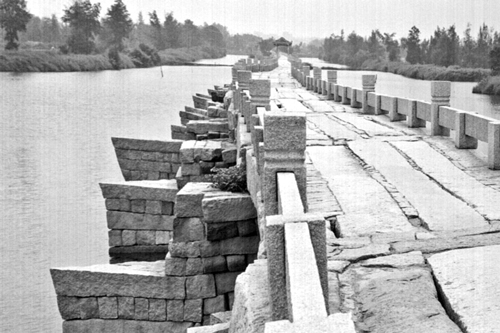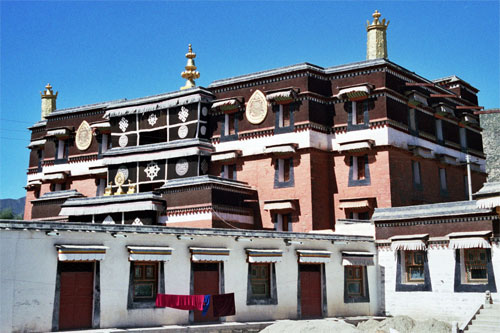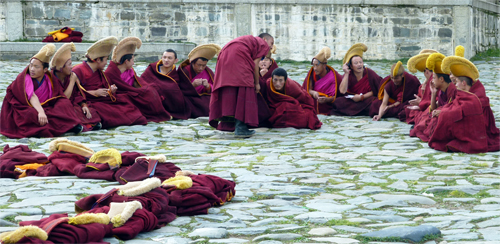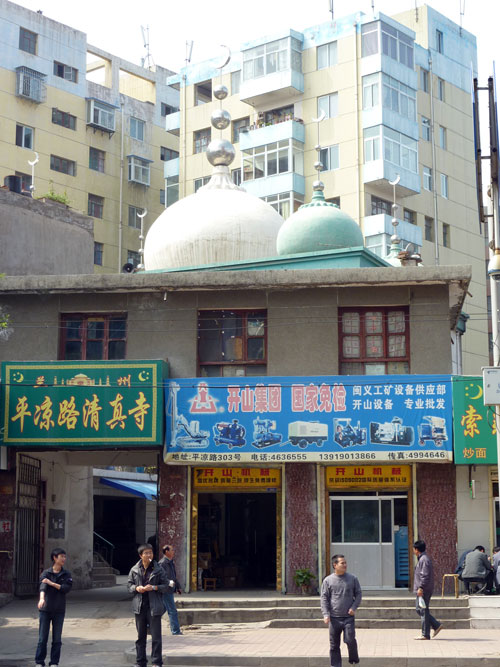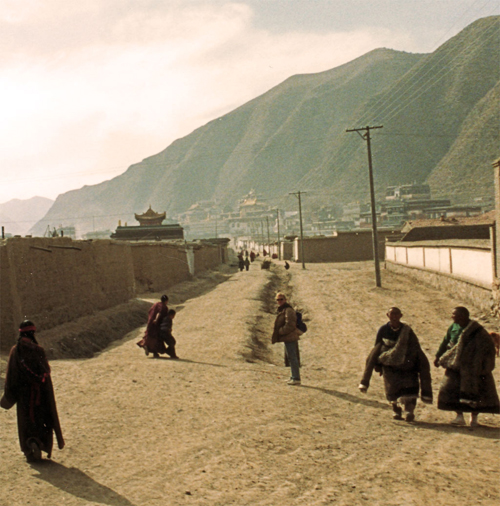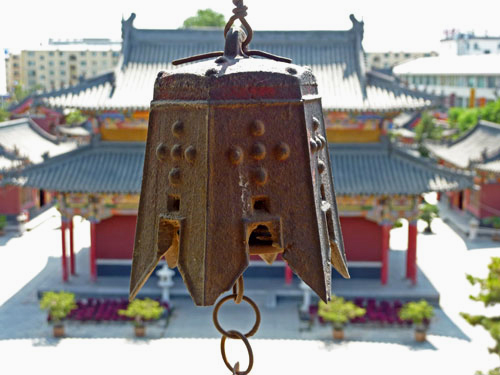Slow train to Chengdu
成都的临客
CITS (China’s official travel agency’s description of an L Train 临客)
“L – Temporary Train In Chinese: LinKe (临客)
L trains operate only during the peak travel season, such as the Chinese Spring Festival and the National Holiday. These trains are not listed in the official fixed train schedule. It is not advised to take L-trains if you have other options as they are known to be relatively slow and regularly subject to delays”.
“46 hours”. I doubted my Chinese at that moment, but the ticket seller repeated the departure and arrival times, there was no mistake. Bagging next day hard sleeper tickets from Beijing to Chengdu can be a taxing experience at the best of times, but in early August, you’ve got about as much chance as winning the lottery. Unless … unless, of course, you are willing to take the slow train 临客 , or L Train as it is known in China!
We got two middle berths, which are the best, as during the day you can escape the crowded lower berths, where everyone sits, and they have more space than the often claustrophobic upper berths.
Pandemonium broke out when the gates were opened at Beijing West Station 北京西站 to allow the passengers on. Those without reservation ran frantically, pushing and shoving the old and weak out of the way, to grab one of those precious seats. It was a simple case of survival of the fittest; get a seat or stand for 46 hours.
With a reservation in our hands, we took a more leisurely stroll to the train. Unfortunately, we found a family, consisting of two adults and 5 unruly children (not sure how that is possible in one-child China), occupying the 4 other berths above and below us.
Continue reading “Slow train to Chengdu 成都的临客:”





